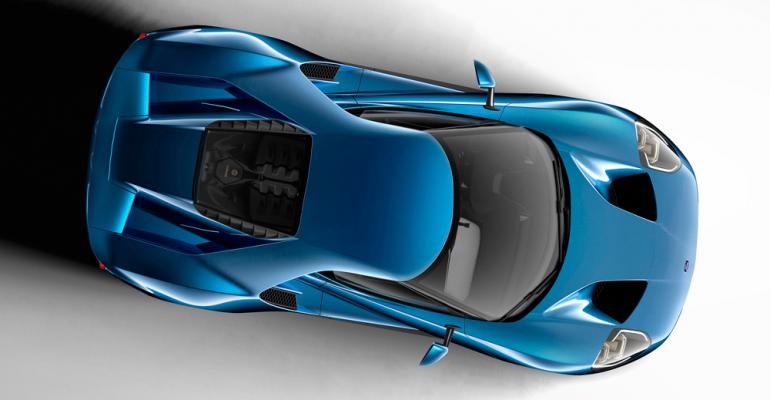Since the earliest days of the automobile, engineers have liked making big plays with materials. As time goes on, their dreams just seem to get bigger.
General Motors launched fleets of plastic-bodied minivans and Saturns in the 1990s; Audi and Jaguar Land Rover have made big splashes with all-aluminum vehicles. Ford arguably has made the biggest materials transition ever with the introduction of the aluminum-bodied F-150 pickup in 2014.
Sometimes these moves are successful and impress car buyers and Wall Street. Other times they are duds.
But there is a lot more to vehicle lightweighting than epic battles between steel, aluminum and carbon fiber for the keys to the body-in-white castle. Every nut and bolt is scrutinized for weight savings and so is every door seal, scrap of leather and piece of sound insulation. As vehicles get lighter there are unsung heroes hidden in every nook and cranny.
“Anywhere there is a benefit of a 5% weight reduction (OEMs and suppliers) will get excited,” says Dirk Zinkweg, global strategic marketing manager-Transportation, Dow Elastomers. The company is a raw-material supplier several steps back in the supply chain, but it plays a major role in lightweighting.






